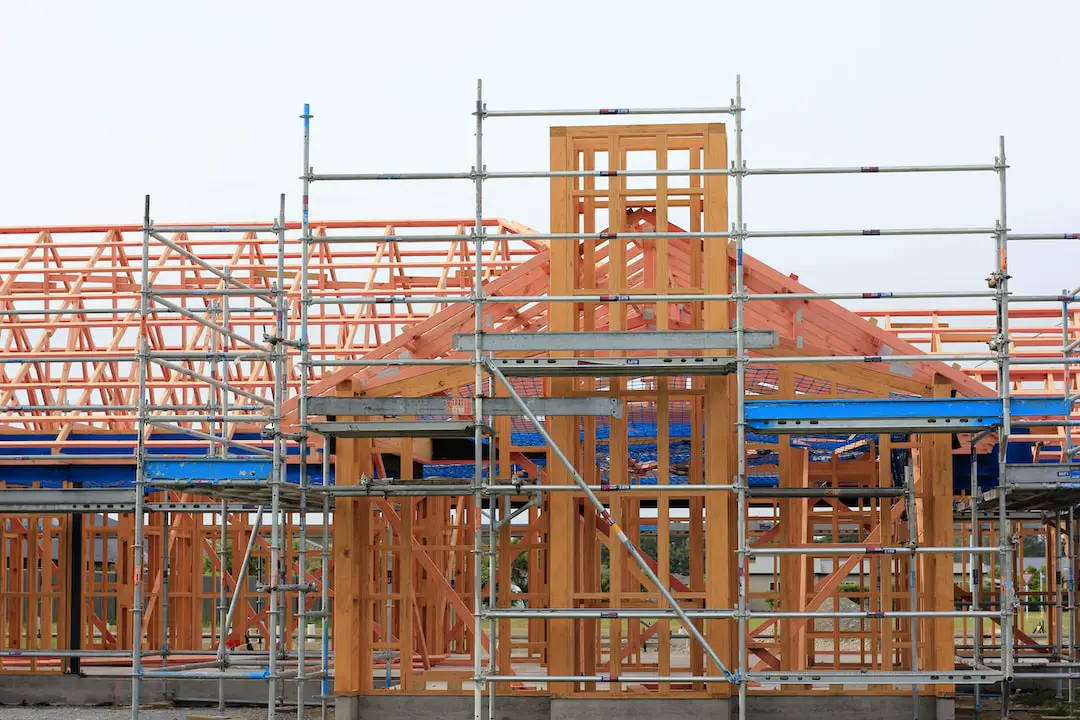Impact fees are a type of local government “tax” that is assessed on developers and businesses that generate significant economic impact in a specific county. Impact fees are imposed to generate revenue for the county, to fund specific services or projects.
Sometimes to promote economic development in the area.
The amount of an impact fee will vary based on the project or business involved, and the fee may also be assessed several times during the development process.
These impact fees can increase the cost of doing business in a particular area. Impact fees may also increase the price of land or construction materials, making it more difficult for smaller businesses to get started in an economically-challenged area.
In some cases, however, impact fees can also provide funding for important local service projects.
County officials are currently exploring a variety of ways to use impact fees revenue and promote economic development in their counties. Impact fee proposals are typically submitted by county staff members with input from local stakeholders (businesses, developers, etc.), and most proposals undergo public hearings before being finalized. Although there is no one right way to assess and use impact fees revenue.
What Are Impact Fees?

Impact fees are a type of tax levied on businesses or individuals in order to generate revenue for local governments. They are levied when a business or individual elects to use public resources, such as roads, schools, or hospitals.
Impact fees are typically assessed on a per-unit basis (for example, per square foot), and can be based on the type of resource used, the value of the resource used, or the size of the business or individual using the resource.
These impact fees are in addition to property taxes.
There are many types of impact fees, but they all have one common goal: to generate revenue for local governments.
Impact fees can be used to pay for things like road maintenance and construction projects, school district expenses related to educating children in local schools, and hospital expenses related to providing health care services.
The benefits of imposing an impact fee on businesses or individuals depend on a number of factors specific to each situation.
What Do Impact Fees Pay For?
The idea behind impact fees is that when a new person or entity moves into an area they have a financial impact on the local government services and infrastructure.
These fees are used to offset these additional costs related to:
- Schools
- Roads
- Garbage collection
- Waste management
- Fire and emergency services
- Parks and recreation
- Prisons
- Victims restitution
- Water management
- Police funds
- State fees
The list goes on and is increasing year after year with no signs of easing.
Here is What I Think For What it’s Worth.
Personally I don’t agree with the whole concept.
As a contractor, if I build a sub division with 50 new houses which I sell or rent to families, it doesn’t necessarily mean that those families have moved into the area from elsewhere.
- Some families may have moved locally to a better home with no impact on services.
- If a family moves from another county such as Hillsborough into Polk county the overall impact on state resources is a wash and county revenue rises.
- When a family moves from Georgia to Florida net State income increases.
- Building new homes increases the local tax revenue through property taxes and sales taxes for decades, actually adding money to the bottom line over time.
Are Impact fees a New Construction Tax?

Impact fees are a new construction tax that have been gaining in popularity over the past few years. Impact fees are assessed on development projects that have an impact on a county’s environment or economy. The purpose of impact fees is to generate revenue for the county and fund local projects.
Impact fees are typically assessed on developments that increase traffic, add density to an area, or require special permits from the county. Developers who pay impact fees may receive a reduction in their project’s overall cost, which can make their development more feasible economically.
Impact fees can also be used to promote environmentally friendly development practices, such as using green building materials or reducing energy consumption.
Some people argue that impact fees are a form of taxation without representation. Developers who pay impact fees may not be directly impacted by the fee and may not have a vested interest in seeing it implemented.
In addition, impacts that occur beyond the developer’s control (for example, changes in zoning laws) can result in an increase in costs associated with developing a project.
Why Do Counties Require Them?
Counties require impact fees in order to generate revenue to cover the costs of providing essential public services, such as law enforcement and fire protection. Impact fees are assessed on projects that have a significant impact on the county’s infrastructure, economy, or environment.
The proceeds from impact fees are used to help offset the costs of providing these services. Impact fees also provide an important source of revenue for counties that may be struggling financially.
To provide money for the increased cost of services.
How much are impact fees?

Impact fees are a type of tax that are assessed on new development projects in order to pay for the cost of infrastructure and services required by the development. They vary greatly in terms of how much they charge, but typically range from 2-5% of the project value. Impact fees are often levied in addition to other taxes, such as property taxes, which can make them a significant burden for developers.
In some cases, they have been shown to cause developers to abandon plans or reduce the size of their projects, leading to reduced economic growth and increased congestion in communities.
When are impact fees due?
Impact fees are due when a new development triggers a change in county tax revenue. County officials use this information to set future impact fees. County impact fees can also be assessed when the use of land changes, such as when a business expands or moves into a new area.
These impact fees are due when a new development is approved, typically within 12 months of the application being filed. Impact fees vary by county, but can generally range from $5,000 to $100,000.
Before a permit is issued on your project, the county must determine if an impact fee is necessary and what the fee will be. If a permit is required, the county will also determine if any mitigation or offsetting measures are necessary to reduce or eliminate any impacts.
What can I do if I’m unhappy with my impact fee?
If you’re unhappy with your impact fee, you may want to consider talking to your county officials. County officials have the power to change or reduce an impact fee. Officials may be willing to work with you to resolve any issues. You can also consider filing a protest with the state Board of Equalization.
Can Impact fees be borrowed from a Bank or lender?

Impact fees are a form of taxation that local governments can impose on businesses and residents. The fees are typically assessed in proportion to the amount of business or residential activity in a particular county. Impact fees can sometimes be borrowed from a bank or lender, but not usually as part of a mortgage loan.
When it comes to impact fees, it’s important to know the specifics of your county’s regulations. Some counties have a fast-track impact fee process that allows developers to pay upfront, while others require payments in installments over a longer period of time. In addition, some counties have tiered impact fee systems that increase as development intensity increases.
In order to avoid potential delays and complications during the permitting process, be sure to speak with a local authority representative about your project and the associated impact fees.
No, they cannot be borrowed in a conventional way or added to the total cost at the closing
Can You refuse to pay impact fees?

You can try!
You can always refuse to pay taxes, that is your right, but such actions will usually come with consequences. In this particular case if you don’t pay the impact fees the local authority will not issue a building permit.
There are a few things that could prevent a developer from being required to pay an impact fee. For example, if the project is deemed necessary by local officials, then the fee may not be waived. Additionally, if the development will have a minimal impact on county infrastructure or resources, then the fee may not be assessed at all.
In most cases, developers have little choice but to pay impact fees even if they don’t want to. If they don’t pay them, their project might be delayed or even rejected outright by county officials. Impact fees can also add up quickly and can significantly increase the cost of developing property in certain areas
Conclusion On County Impact Fees
In general, impact fees can be seen as a way to generate revenue for counties while also protecting sensitive environmental or recreational areas.
Impact fee programs can also help counties fund critical infrastructure projects and other initiatives.
Fees must be designed carefully, however, as they can have a negative effect on businesses and residents if they are too high or if they are not evenly distributed throughout the county.
Impact fee programs also require careful management in order to ensure that funds are used wisely.


